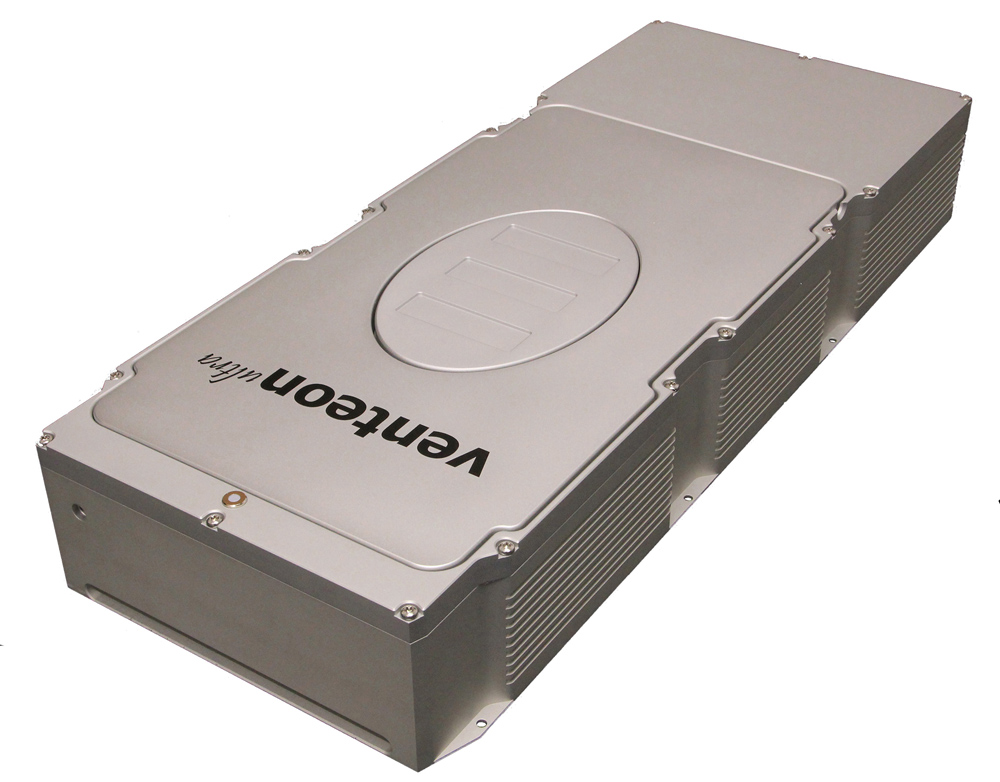Benefits Of Ultrashort Pulses In Two Photon Microscopy
Two-photon microscopy is an imaging technique invented by Denk, Webb and co-workers (Denk et al, 1990)

The simple principles rely on simultaneous absorption of two-photons from a laser beam spatially focussed into a sample plane, to emit a fluorescent signal.
The advantages of two-photon microscopy compared to conventional methods is the minimal effect of photo-bleaching and sample damage, whilst enabling higher depth of imaging live cells and tissues.
Ultrashort pulses, such as those produced by the venteon ultra, enhance this technique further by increased excitation efficiency, direct access to a wide range of fluorophores or ultrahigh resolution. Best results are achieved with a sub-7fs pulse, the venteon ultra delivers >240mW of sub-5.5fs pulses directly out the box, >3nJ at 80MHz repetition rate. It has been designed and optimised to offer the shortest available pulse durations.
Read our whitepaper at http://tinyurl.com/zdwxmhn to find out more on the experimental set-up and results of how ultrashort pulses benefit two-photon microscopy.
CONTACT
Andy Wells
Laser Quantum UK Ltd
sales@laserquantum.com
www.laserquantum.com
+44 161 975 5300
Monday 25 April 2016 / file under Aerospace | Biotechnology | Medical



